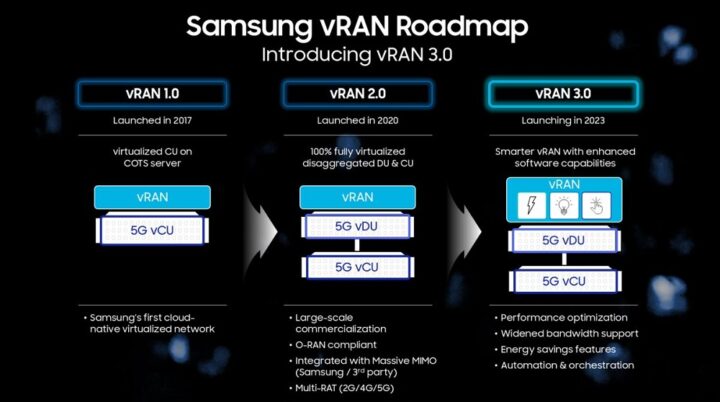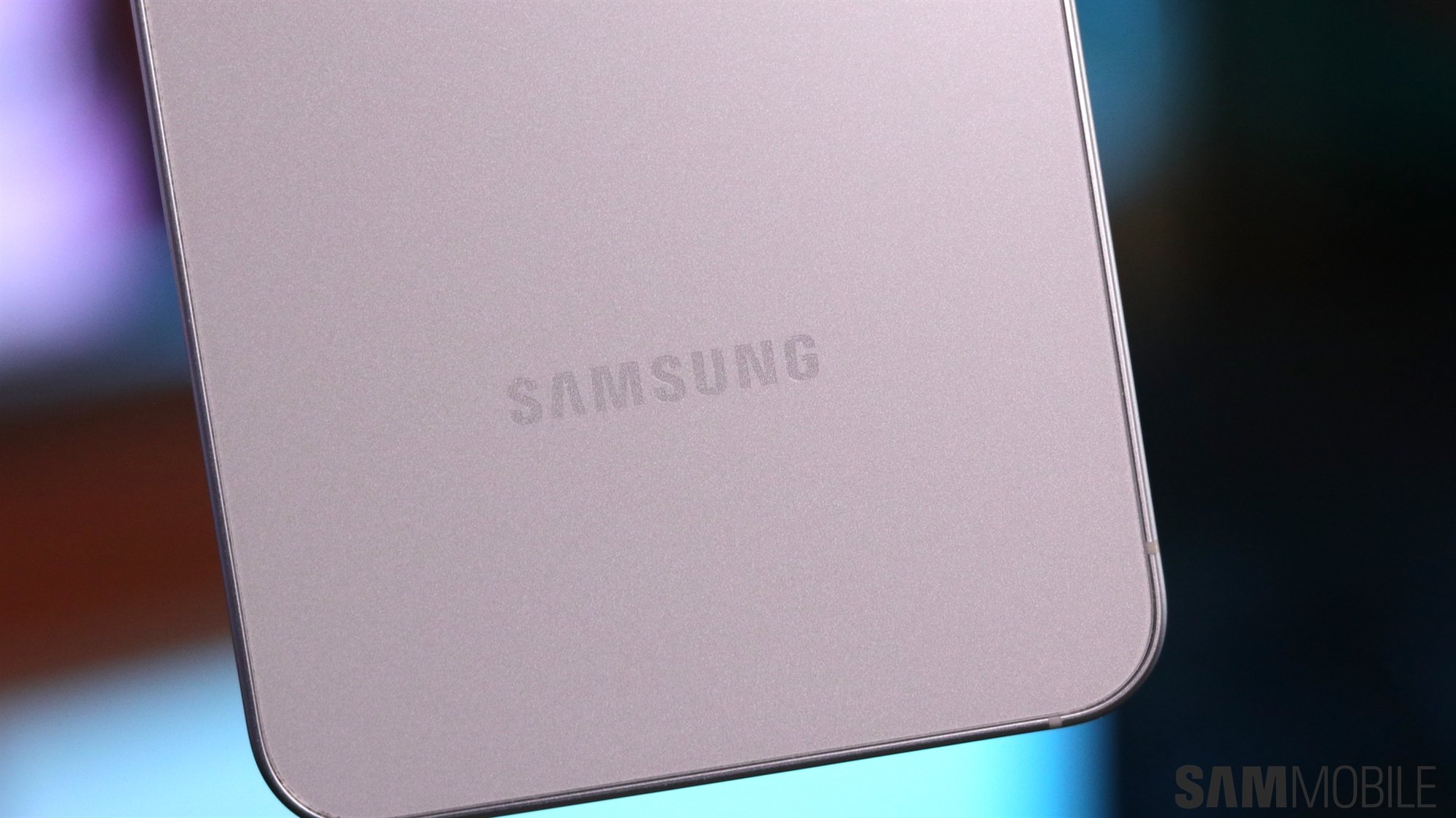
First things first, the Samsung Cloud Orchestrator (SCO) – a system that automates the lifecycle management of large-scale vRAN – has received an upgrade and now supports the automation of vRAN deployments on both private and public cloud networks.
Thanks to this update to SCO, Samsung says Tier One network operators in Asia, Europe, and North America can deploy and manage vRANs “with maximum efficiency and greater flexibility.”
What will Samsung's vRAN 3.0 5G technology bring this year?
Aside from upgrading SCO, Samsung also revealed its next step in 5G vRAN technology, i.e., vRAN 3.0. The company aims to release this new and advanced vRAN software before the end of 2023.
Samsung says that 5G vRAN 3.0 focuses on improving two main aspects: performance optimization and energy efficiency. These latest features “will add tremendous value to operators rapidly shifting to virtualized networks.”
In terms of performance optimization, vRAN 3.0 will bring two main additions:
- 200MHz 3 Cell support: Samsung's upcoming software upgrade for virtual 5G networks will add the ability to provide 3 Cell configurations with 200MHz of bandwidth support using 64T64R Massive MIMO radios, thus tripling radio bandwidth support compared to vRAN 2.0.
- Samsung will incorporate a modern algorithm optimization approach, which will allow network operators to receive software tailored to their needs, featuring only the elements, features, and configurations they require, thus leading to better and more efficient COTS server operations.
As far as power-saving efforts are concerned, Samsung's 5G vRAN 3.0 will introduce three new features:
- CPU Core Sleep Mode will allow the vRAN 3.0 software to determine when it can put unused CPU cores to “sleep mode” during periods of low data traffic to improve energy efficiency.
- Adaptive Core Allocation will enable 5G vRAN 3.0 to assign a number of CPU cores proportional to the number of active cells. Unassigned or unused CPU cores can idle to reduce power consumption.
- ESFO (Energy Saving Feature Orchestrator) manages multiple energy-saving features and optimizes efficiency without interrupting services. The system can analyze hourly traffic patterns and optimize operating conditions.
Samsung wants 5G vRAN 3.0 to go live globally and intends to start rolling out the software in North America in the first half of 2023.



















